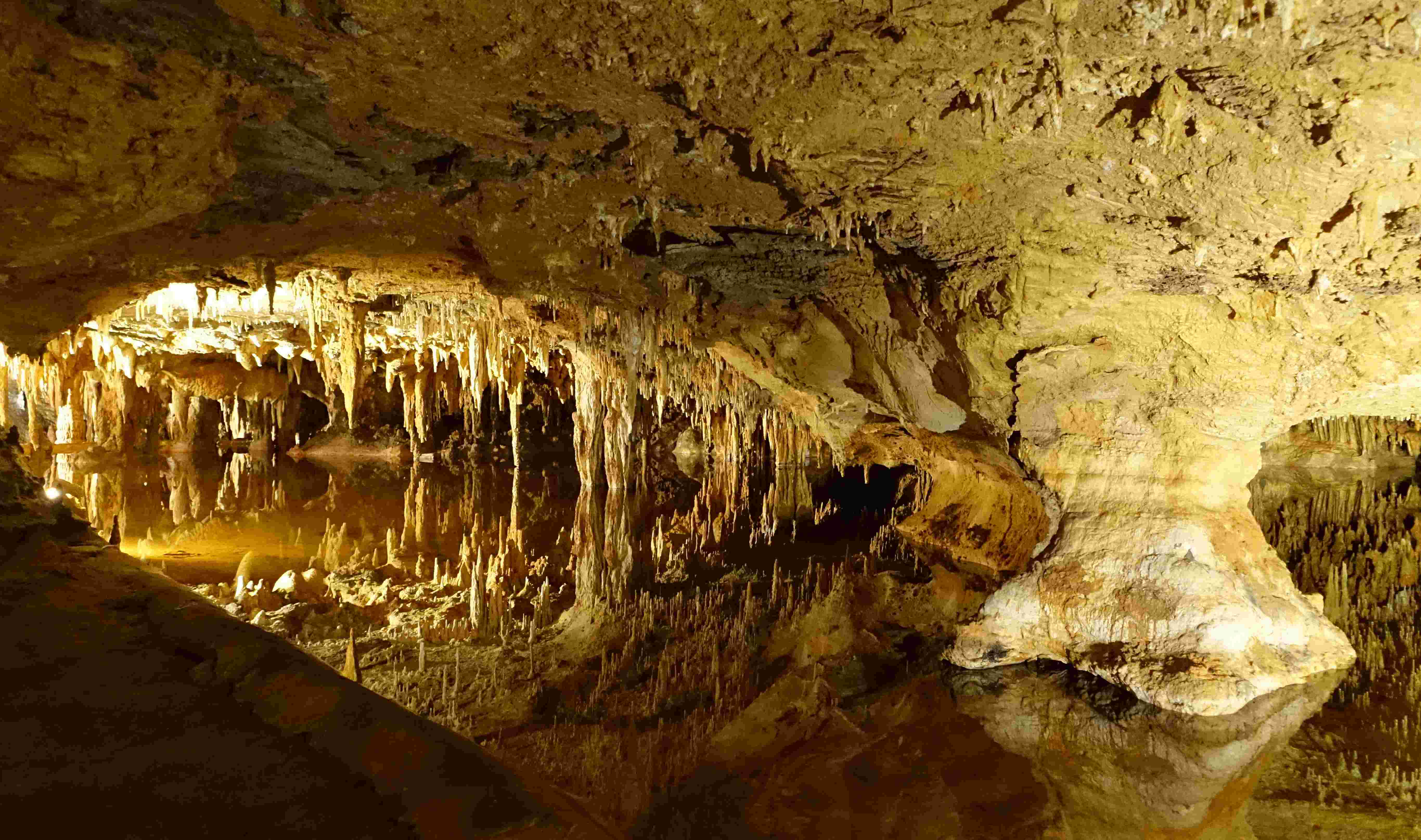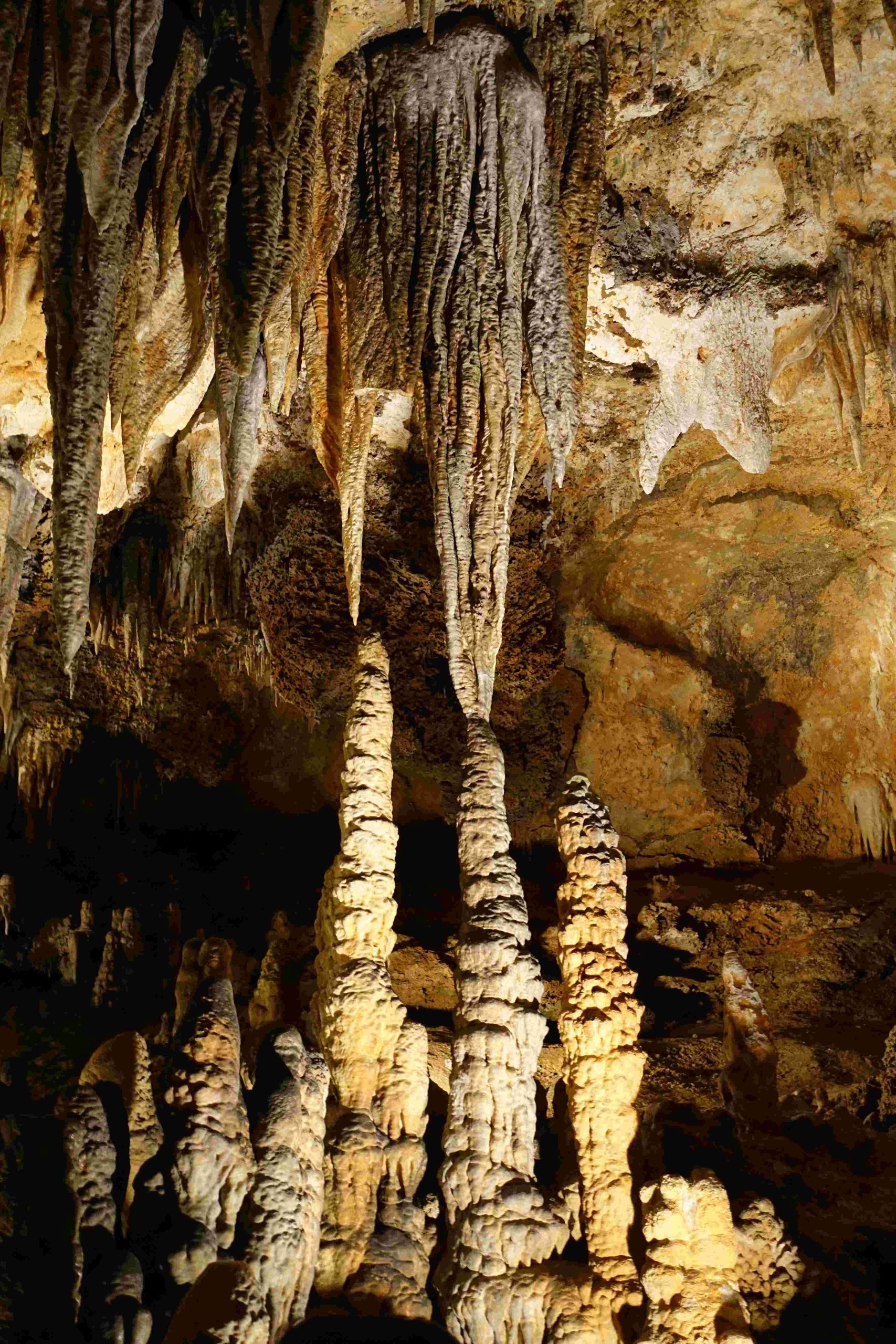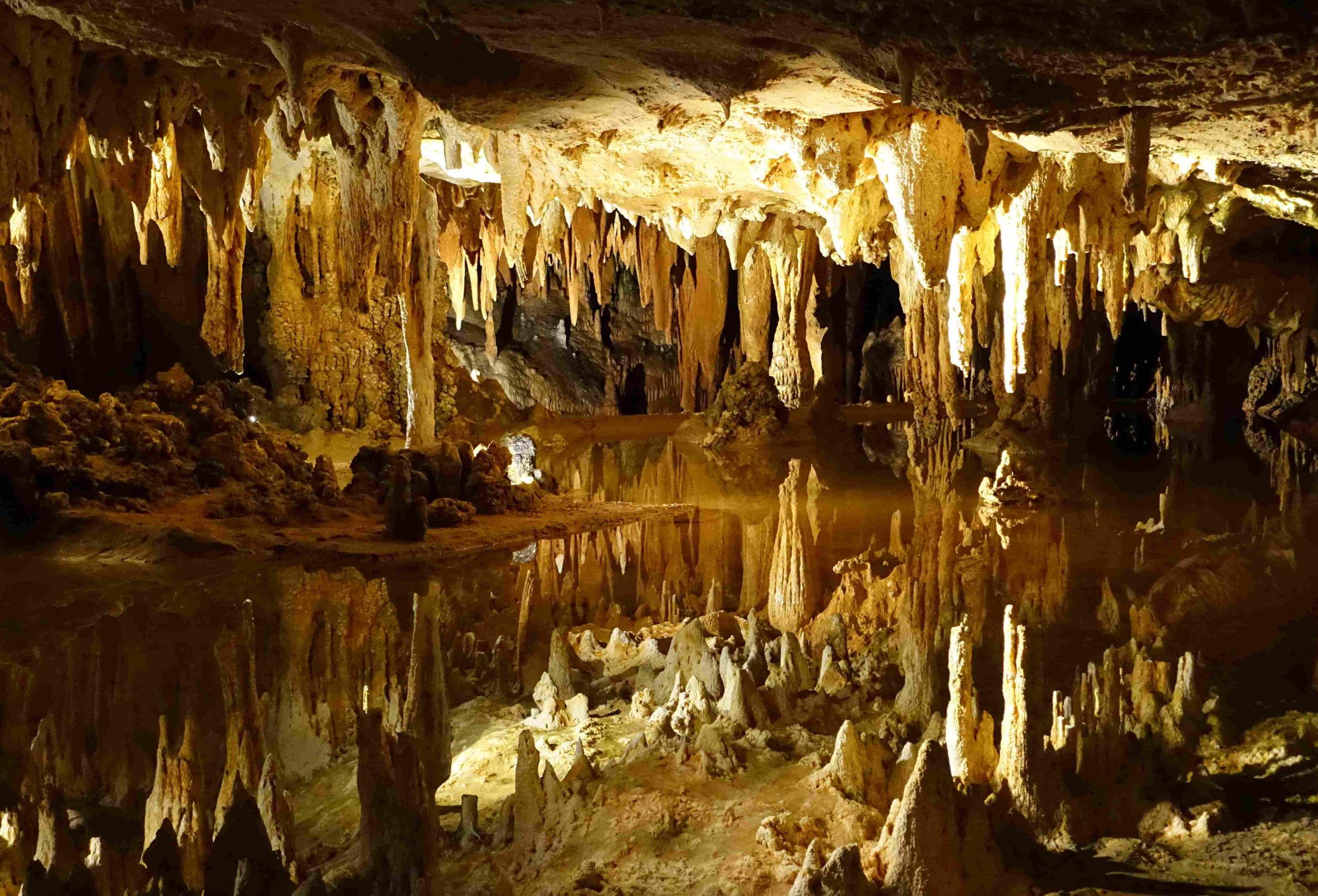Luray Caverns limestone, formed over millions of years, is a stunning example of natural geological processes. Located in Virginia’s Shenandoah Valley, these caverns showcase intricate limestone formations, including stalactites, stalagmites, and unique features like Dream Lake. The limestone, primarily composed of calcium carbonate, dates back to the Lower Ordovician period and continues to evolve through slow deposition of minerals. This article explores the fascinating world of Luray Caverns limestone, its formation, unique features, and significance.
What is the Composition and Age of Luray Caverns Limestone?

Luray Caverns limestone is primarily composed of calcium carbonate (CaCO₃), often in the form of dolomite and calcite. The limestone dates back to the Lower Ordovician period, making it millions of years old. Specifically, the caverns are developed in dolomites of the lower Beekmantown Dolomite formation.
How Did Luray Caverns Limestone Form?

The formation of Luray Caverns limestone is a complex process that spans millions of years:
- Acidic rainwater seeps through soil
- Water dissolves limestone, creating fissures
- Erosion hollows out caverns
- Water subsides, leaving limestone chambers
- Continued seepage deposits calcium carbonate
- Chemical reactions form stalactites and stalagmites
This slow process results in the intricate formations we see today, with new deposits accumulating at a rate of about one cubic inch every 120 to 300 years.
What are the Unique Geological Features of Luray Caverns Limestone?
Luray Caverns limestone boasts several remarkable features:
| Feature | Description |
|---|---|
| Double Column | A merged stalactite and stalagmite in Giant’s Hall |
| Titania’s Veil | A pristine white calcite formation |
| Dream Lake | A shallow pool creating mirror-like reflections |
| Elfin Ramble | An area showing high water marks on the ceiling |
These features showcase the diverse and intricate formations that can develop in limestone caverns over time.
When and How Was Luray Caverns Limestone Discovered?
Luray Caverns was discovered on August 13, 1878, by four men:
- Andrew J. Campbell
- William Campbell
- John “Quint” Campbell
- Benton Stebbins
They were drawn to the area by a protruding limestone outcrop and a nearby sinkhole emitting cool air. This discovery led to extensive geological studies of the caverns and their limestone formations.
What Mineral Deposits are Found in Luray Caverns Limestone?
The primary mineral deposit in Luray Caverns limestone is calcite, which forms various structures:
- Stalactites
- Stalagmites
- Dripstone
- Flowstone
Calcite can appear in different colors due to impurities:
- Red or yellow (iron)
- Black (manganese dioxide)
- Blue or green (copper compounds)
Additionally, concretions formed in water-filled basins create unique formations like ‘pearls,’ ‘eggs,’ and ‘snowballs.’
How Can Visitors Experience Luray Caverns Limestone?
Visitors can explore Luray Caverns limestone through guided tours:
- Tours available daily
- Well-lighted, paved walkways
- Accessible to most visitors
- Constant temperature of 54 °F (12 °C)
General admission includes:
- Luray Caverns Self-Guided Tour
- Car & Carriage Caravan Museum
- Shenandoah Heritage Village
- Toy Town Junction
Prices:
– Adults: $34
– Seniors: $32
– Children (6-12): $17
– Children under 6: Free
While the caverns are generally accessible, visitors should be prepared for narrow and winding paths in some areas.
What is the Geological Significance of Luray Caverns Limestone?
Luray Caverns limestone holds significant geological importance:
- Provides insights into ancient geological processes
- Showcases diverse limestone formations
- Offers evidence of historical climate changes
- Contains artifacts indicating previous human occupation
The continuous formation of the caverns, albeit at a slow rate, allows geologists to study ongoing limestone deposition processes.
How Does Luray Caverns Limestone Compare to Other Limestone Caverns?
While each limestone cavern system is unique, Luray Caverns stands out for several reasons:
- Extensive size and variety of formations
- Presence of unique features like Dream Lake
- Well-preserved state due to early discovery and protection
- Continuous scientific study since its discovery
These factors make Luray Caverns limestone a valuable resource for both scientific study and public education about limestone cave systems.
References:
1. Wikipedia – Luray Caverns
2. Luray Caverns – How to Grow a Cave
3. FrugalFun.com – Luray Caverns Turns 120

